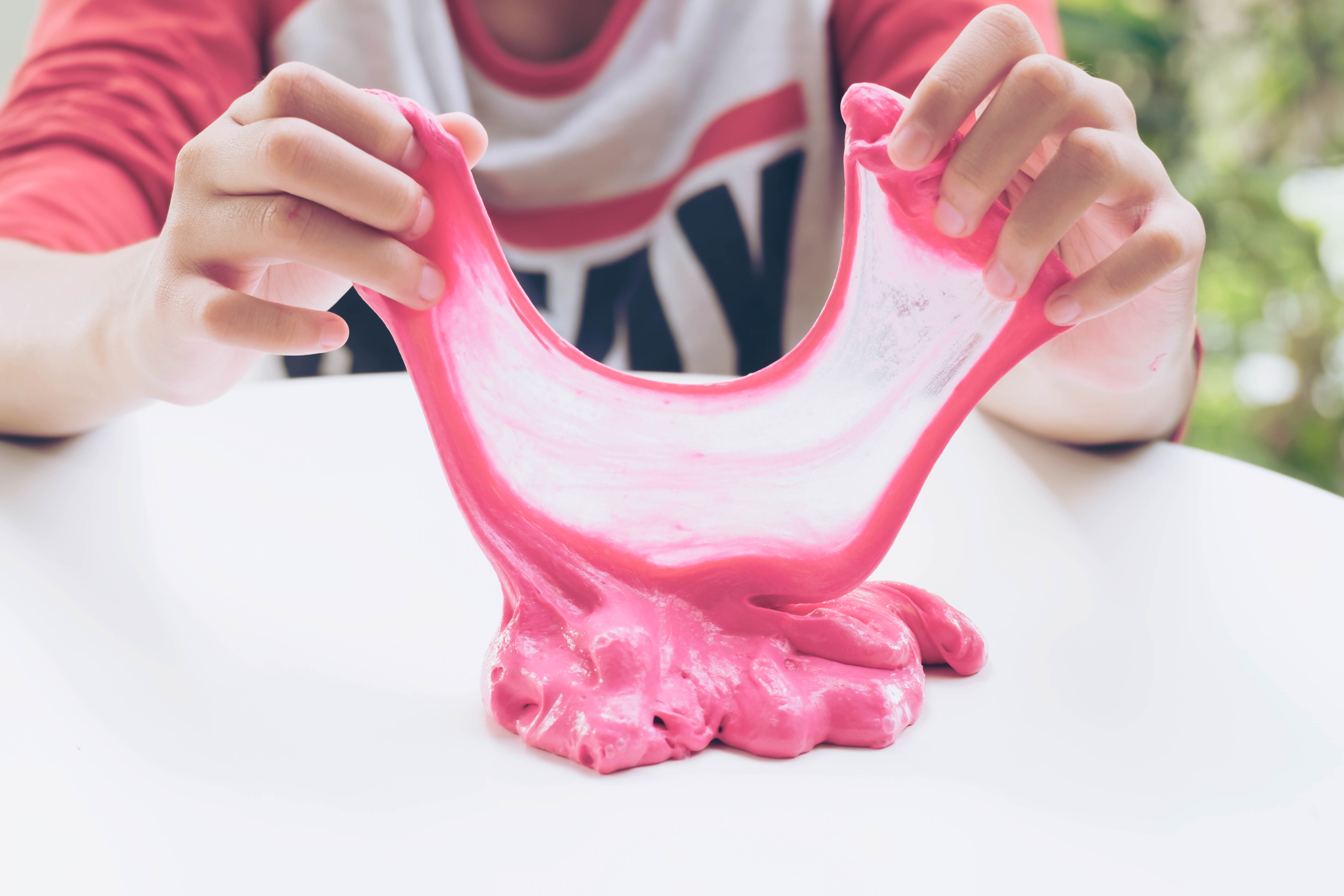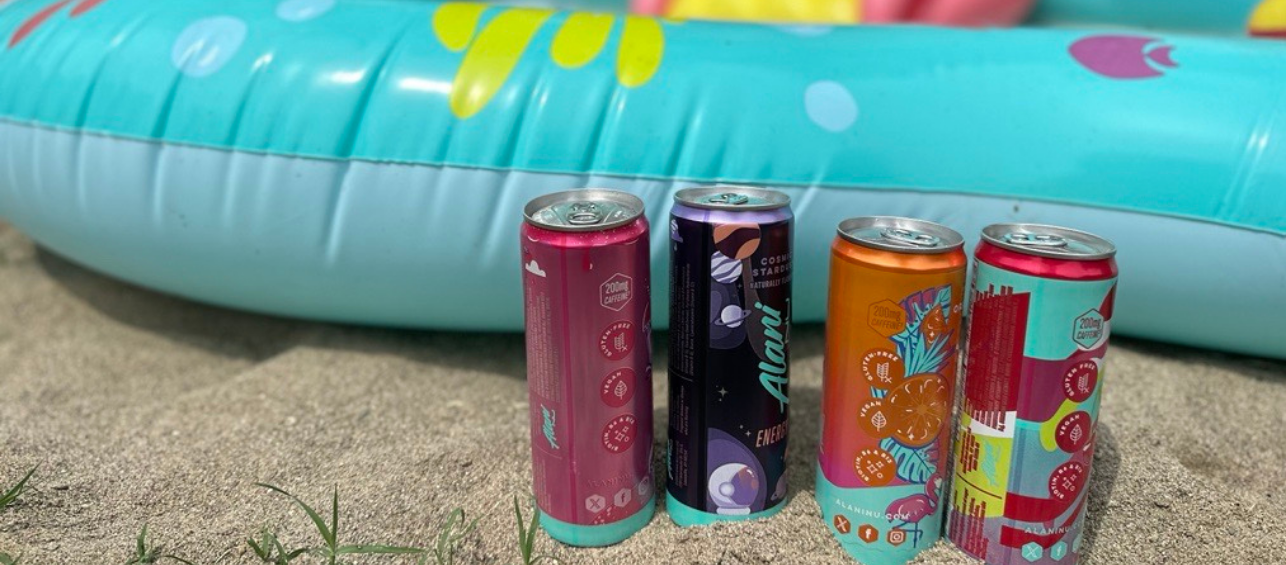If you have school-age kids, it’s likely that they have mentioned, made, or mashed homemade slime at some point in the past several months. The craze is real: Kids all over the U.S. are enjoying making slime at home.
The positives of this pastime are easy to see: It is rather simple to make and the ingredients aren’t super expensive. (Plus, it gets kids away from screens!) But some stories have been floating around the Internet about potential health hazards with homemade slime. How true are they? We decided to ask our experts their thoughts, from both a safety perspective and a germ perspective. Here’s what they had to say.
Slime Ingredients: Safe or Scary?
Sheila Goertemoeller, PharmD, DABAT, ICPS, is a pharmacist and clinical toxicologist with 22 years of poisoning management experience at the Drug and Poison Information Center Hotline at Cincinnati Children’s. Overall, Sheila says making homemade slime is a safe, fun activity, as long as it’s done with adult supervision.
The biggest concern is if any of the ingredients in non-edible slimes are eaten or swallowed. So keep a close eye on young children and pets while slime-making is going on.
Here is Sheila’s overview of some of the most common ingredients, why they’re used, and what to watch out for:
- White school glue – makes the mixture sticky. Considered nontoxic/nonpoisonous; should not be eaten.
- Corn starch – makes the slime less sticky. It is nontoxic.
- Contact lens solution or saline solution – thins out the slime. Most of these are nontoxic, but there may be sodium borate in some of these solutions. Take the same precautions as with using borax/sodium borate.
- Borax/sodium borate – makes the slime wet. This is the ingredient that most people are concerned about. If it gets on the skin or is left on the skin, it can cause irritation, especially if it comes in contact with an open wound. If it’s ingested, it can cause nausea, vomiting, and/or diarrhea. Some people are really sensitive to it while others aren’t. Keep in mind the amount of borax used in most recipes is pretty small. Use your own judgment when it comes to this ingredient; if you’re really concerned, look for recipes that don’t call for borax. A good rule of thumb is to wash hands thoroughly after making and playing with slime.
- Shaving cream – makes the slime fluffy. Can cause irritation if it comes into contact with open wounds; also may cause an upset stomach if it’s ingested.
- Colors, scents, glitters, etc. – these are added purely for fun. Watch small sequins and beads with young children as they can pose a choking hazard. Also be aware that essential oils can cause skin irritation. Camphor and wintergreen oil are poisonous and should be avoided.
- Food grade ingredients – some recipes are specifically for edible slime. Sheila says these are fine as long as all of the ingredients going into the it are food grade (i.e. corn starch, water, condensed milk, vanilla, etc.).
Is This Stuff Covered in Germs?
Our next expert, Josh Schaffzin, MD, PhD, is an assistant professor in our Division of Infectious Diseases, so he’s in the know on all about things infection. We asked him about germs and their ability to grow on slime and pass from person to person. Here’s what he had to say:
1. Since slime is sticky, does that mean all kinds of germs stick to it?
There are a few kinds of germs we think about as being contagious. The most common are viruses. These cannot grow on the slime, but they can get there from someone’s hands or a sneeze, and they’ll stay alive for a few hours.
Other germs are bacteria or molds. In order to grow, these germs need food and a comfortable environment, typically a warm, dark place. The ingredients in most homemade slime recipes — white glue and borax — don’t provide that kind of environment. So it’s likely that any bacteria or mold growing on your slime would grow very slowly.
What that means is, your kid’s slime is not necessarily a disgusting blob of germs. Put it away when finished playing with it, sealed in a plastic bag or container, to limit what it will pick up. Storing it in the fridge might slow bacteria and mold growth even more.
2. So should kids share slime, or not?
When more than one child is playing with slime, it’s similar to sharing markers or clay. The germs on a child’s hands can transfer to anything that is touched — the table, the marker, the slime. Use an alcohol hand rub or soap and water to clean hands before and after playing with slime. Wipe or spray the playing surface with a disinfectant when slime time is over to get rid of most germs. And it’s best for kids with a cough or cold to keep their slime to themselves and not share it with healthy siblings, to lower the risk of sharing germs.
3. How long should you keep slime around?
There’s no set expiration date on homemade slime. But left long enough, mold and bacteria will find a way to grow (especially on edible slime). If you have any doubts — if it’s discolored or is coming apart — throw it out. It’s easy enough (and fun) to make a new batch.
4. Are there any precautions you would suggest for playing with slime?
I’d recommend all of the standard precautions for keeping in good health: Avoid groups when you’re sick. Clean surfaces before and after play. And above all, clean hands often!
Homemade Slime: Ewww or Awesome?
Bottom line, what do our experts think of the homemade slime fad?
Sheila: “Definitely awesome. We have some in my house right now. As long as it’s supervised, I think making slime is a great activity for families.”
Josh: “Awesome. In addition to being fun to play with, it’s also a great way for kids to learn about chemical reactions.”
If your child or pet has ingested slime made of non-edible ingredients, call the Drug and Poison Information Center at 1-800-222-1222. We’re available to answer your questions 24 hours a day.






Thank you for this helpful information! My daughter has a slime-making obsession right now. I will definitely share this with her!